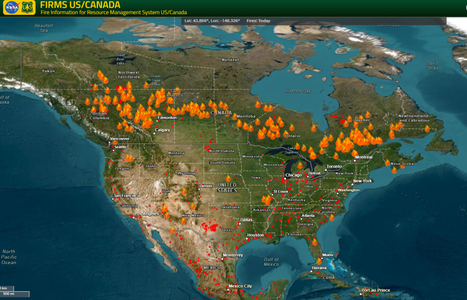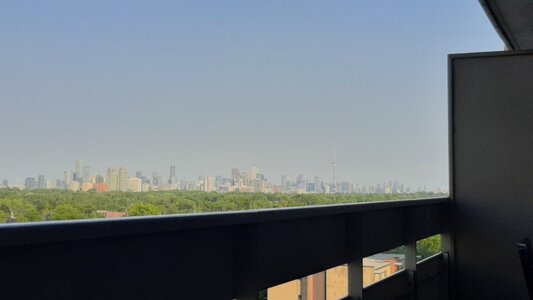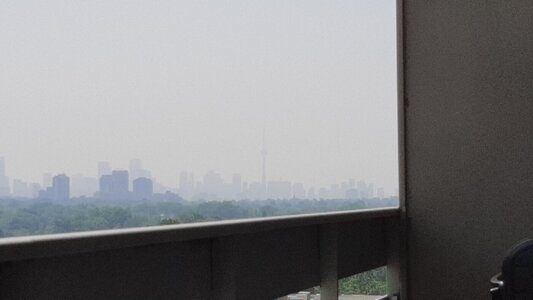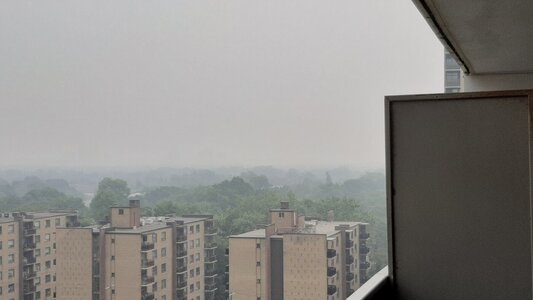having talked to a wood dealer in Washington state he said the supply of Alaskan Yellow cedar (cypress) is almost gone for good. It is no longer cut in the US according to some sources.
The wood has grown in popularity with model builders, but knowing the tree is being driven to extinction from climate change, over logging and now wild fire it seems inappropriate to use wood from endangered species. But that is a matter of opinion.
the fires in Canada has threatened the last of the standing timber.
Here in the states the wood will no longer be available
Reporting from Seattle — The Alaska yellow cedar edged one step closer to being listed as a threatened or endangered species after the U.S.
Fish and Wildlife Service announced that the tree may warrant such protection because of the ravages of climate change.
If the conifer is listed, it would become the first tree in Alaska to be protected under the federal Engangered Species Act. The cedar is
found from southeast Alaska down to Northern California.
“The biggest threat is climate change and also logging in the Tongass National Forest.”
Noblin said the tree has special adaptations that allow it to live in “places that a lot of other trees can’t live.” In winter, its shallow
root system needs snow for insulation from the cold. In years with little snowfall -- including 2014 -- the roots are in danger
of freezing.
The center was one of four groups that petitioned the federal government to add the tree to the endangered species list. According to the
organizations, the warming climate is causing suitable habitat for the Alaska yellow cedar to disappear.
“More than 600,000 acres of dead yellow cedar forests are already readily visible from the air,” the group said in a written statement.
“If greenhouse gas emissions continue to rise at their current rates, the tree will be driven to extinction.”









